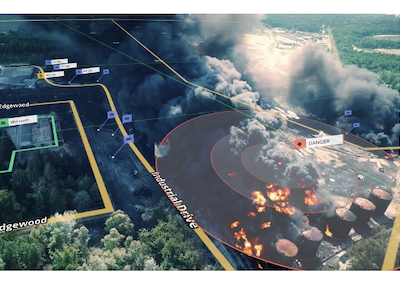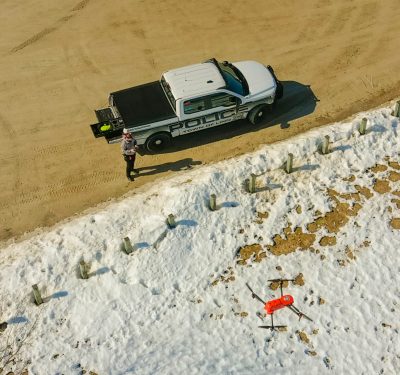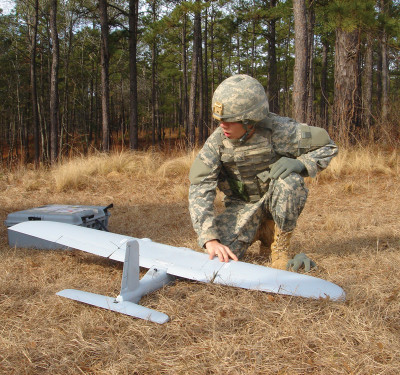
Amazon
Aviation regulators gave Amazon the go-ahead Mar. 19 to begin testing its delivery drones, a move the agency hinted at in February when it proposed new rules for small, unmanned aircraft.
The company has been angling since July 2014 to begin outdoor testing of a new automated aircraft over its property in Washington State. Amazon said it was developing unmanned aerial vehicles that could travel over 50 miles per hour with payloads weighing up to 5 pounds — a profile that would cover more than 85 percent of the products Amazon sells.
Permission was long in coming, however, and the firm reportedly made it clear that continued denial of the required waiver from current aviation rules would lead it to take its development work overseas.
Federal Aviation Administration officials gave signs they were leaning towards granting the waiver on Feb. 15 when they proposed language for a long-awaited rule for the operation of small, unmanned aerospace systems (UAS).
Mark Bury, the FAA’s assistant chief counsel, told reporters the proposed rule would allow the study of package delivery.
“An operator that was carrying a package for their own purposes, he said, “certainly could, within the environment described for the rule, carry that package — but they could not carry it for payment. They could not carry it for somebody else. So if the operator was doing package cargo for research and development, to learn more about how we do this. That certainly is within the scope of the rule.”
The new rule, however will not be in force for an estimated 18 months. The waiver granted Amazon was issued under the special Section 333 program created by Congress in 2012 as part of the FAA Modernization and Reform Act of 2012. As of the day the FAA announced the Amazon waiver, a total of 664 Section 333 applications had been submitted, said an FAA spokesman.
Even after the small UAS rule is finalized, it will still likely be some time before Amazon can begin airborne deliveries. The company, for example, must wait for additional regulatory provisions allowing for operations beyond the line of sight of the drones’ pilots.
“Industry and government also need to work together to lay the groundwork for beyond-line-of-sight operations, a necessary prerequisite for package delivery and other transformational uses of UAS technology,” said Brian Wynne, president & CEO of the Association for Unmanned Vehicle Systems International (AUVSI).
There are also technical challenges including the development of systems to help prevent collisions between drones and other aircraft or potential hazards on the ground.
In the meantime the daylight-only flights must flown buy a pilot with at least a private pilot’s certificate and a current medical certification. The drone must stay below 400 feet and within the pilot’s line of sight.
“Companies like Amazon are at the forefront of technological advances and are investing heavily in research and development. It is important to ensure that innovative uses of UAS technology, such as package delivery, take off in the U.S,” said Wynne.






